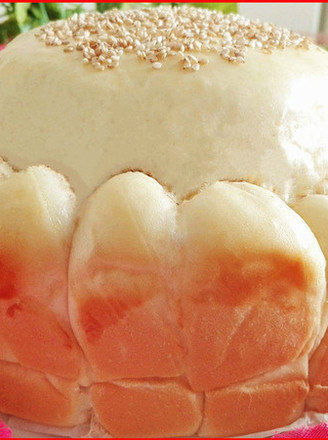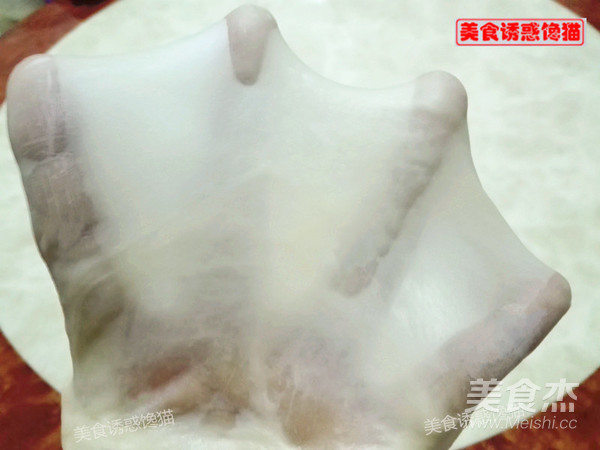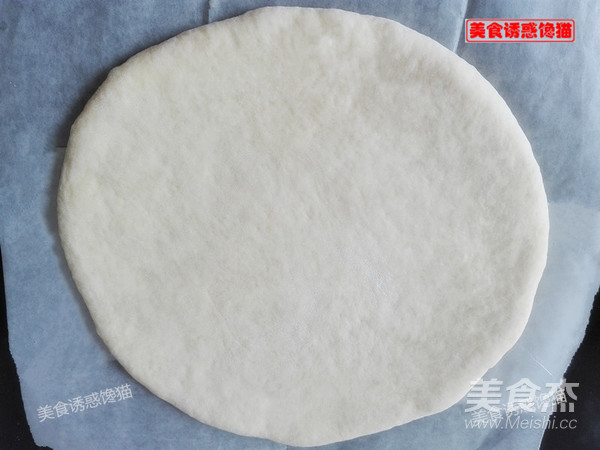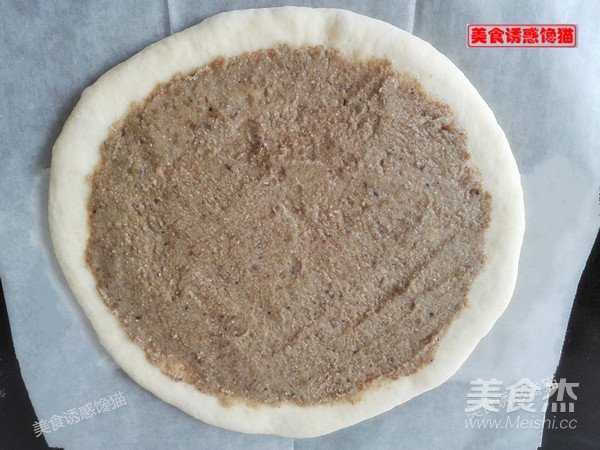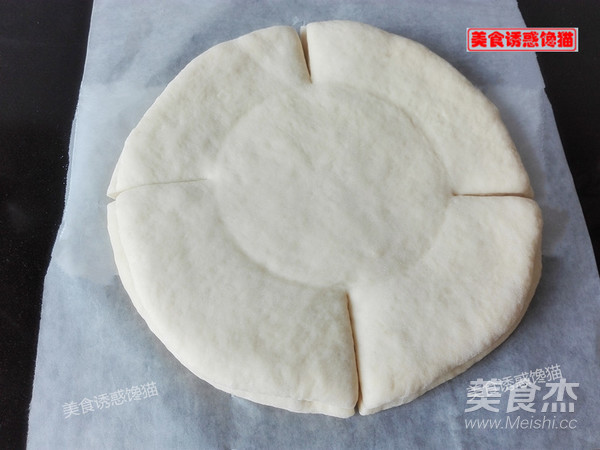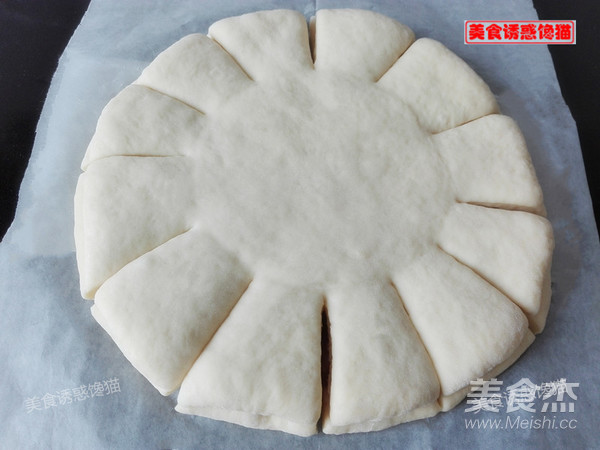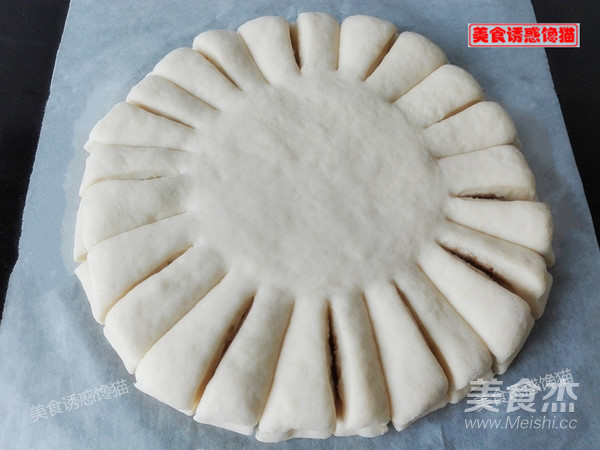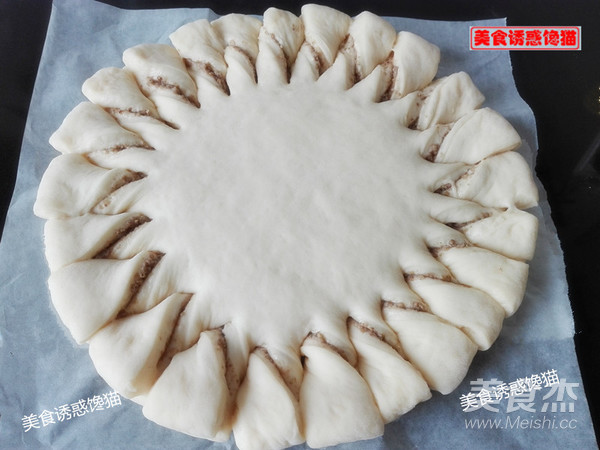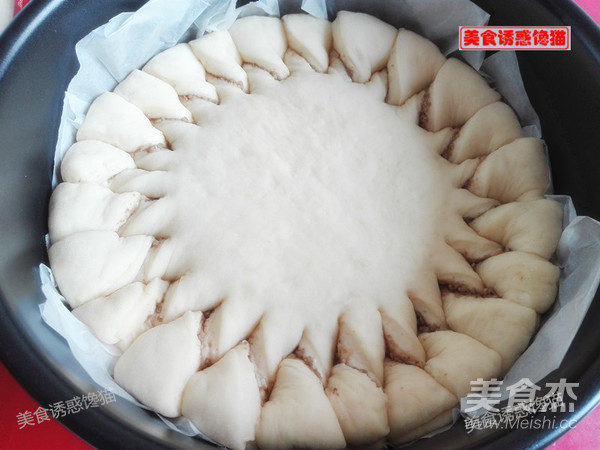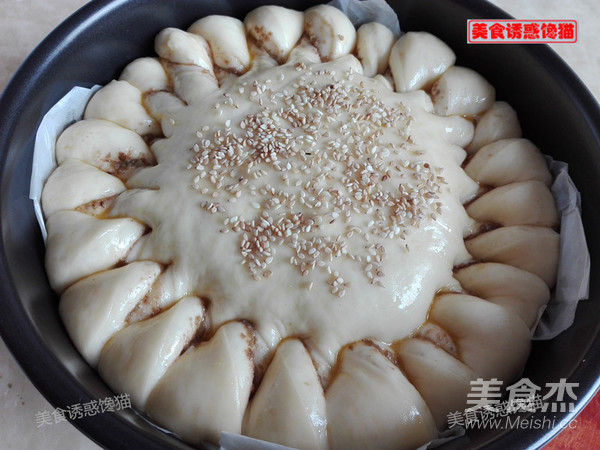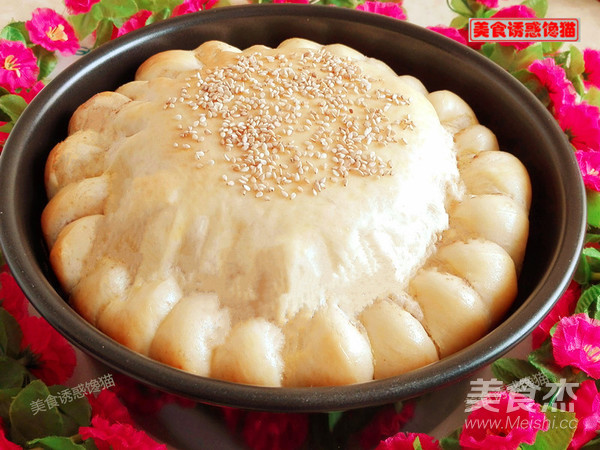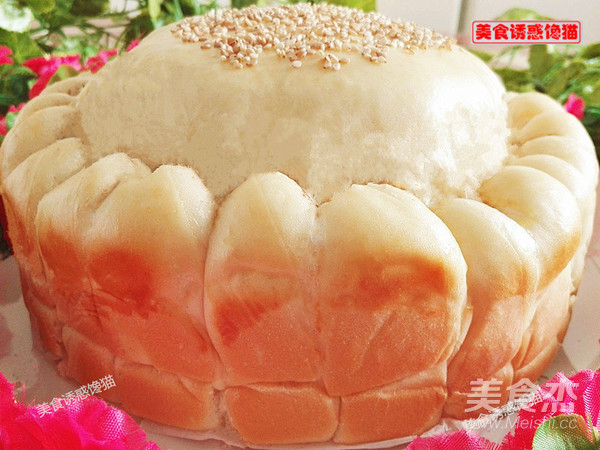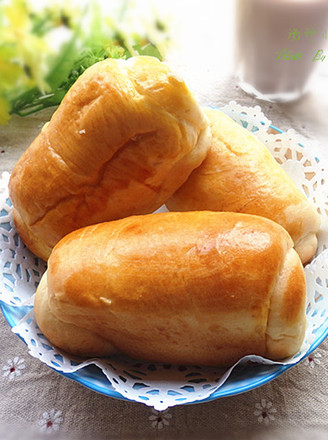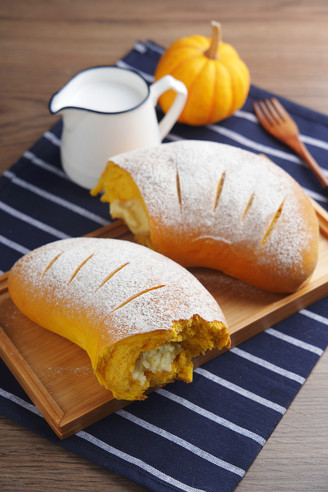Fancy Bean Paste Bread
1.
Except corn oil, salt, and yeast, mix all the ingredients and knead until there is no dry powder (milk should be added gradually, depending on the water absorption of the flour), cover with plastic wrap and relax for 30 minutes, add yeast (knead until the yeast is dissolved )→Salt (knead out a thick film, the dough is smooth, and a thicker film can be pulled out.)→Corn oil (knead to a fully expanded state, the surface of the dough is smooth and fine, and a thin and not easy to break film can be pulled out)
2.
Ferment in a warm place to double the size
3.
After fermentation, the dough is vented, divided into 2 parts, rounded, covered with plastic wrap and relaxed for 15 minutes
4.
Roll the small dough into a circle with a diameter of about 18cm, and put the dough piece on a piece of baking oil paper for operation
5.
Spread a layer of red bean paste on the first piece of dough, leave 1cm on the side and don’t use it
6.
Cover the second piece of dough on the first piece of dough
7.
Take a small bowl and buckle the stamp in the middle, divide the dough into 4 equal parts, don’t cut into the circle with the middle stamp
8.
Cut 2 knives per serving to make 12 servings
9.
Cut 1 knife per serving to make 24 servings
10.
Each piece is twisted in the same direction to form a flower shape
11.
Put into 8-inch round mold for secondary fermentation
12.
Ferment to double the size, brush the surface with egg liquid, and sprinkle white sesame seeds on the middle circle
13.
Preheat the oven, middle level, upper and lower fire, and bake at 130 degrees for 30 minutes (adjust the baking time and temperature according to your own oven), and the color is satisfactory and the tin foil is covered
14.
Roasted, take out
15.
Brush the surface with a layer of corn oil, and keep it sealed when there is residual heat
Tips:
1. Adjust the baking time and temperature according to your own oven.
2. During the baking process, the surface of the bread can be colored with a layer of tin foil.
3. The amount of sugar increases or decreases according to personal preference.
4. The amount of milk increases or decreases according to the water absorption of the flour.

